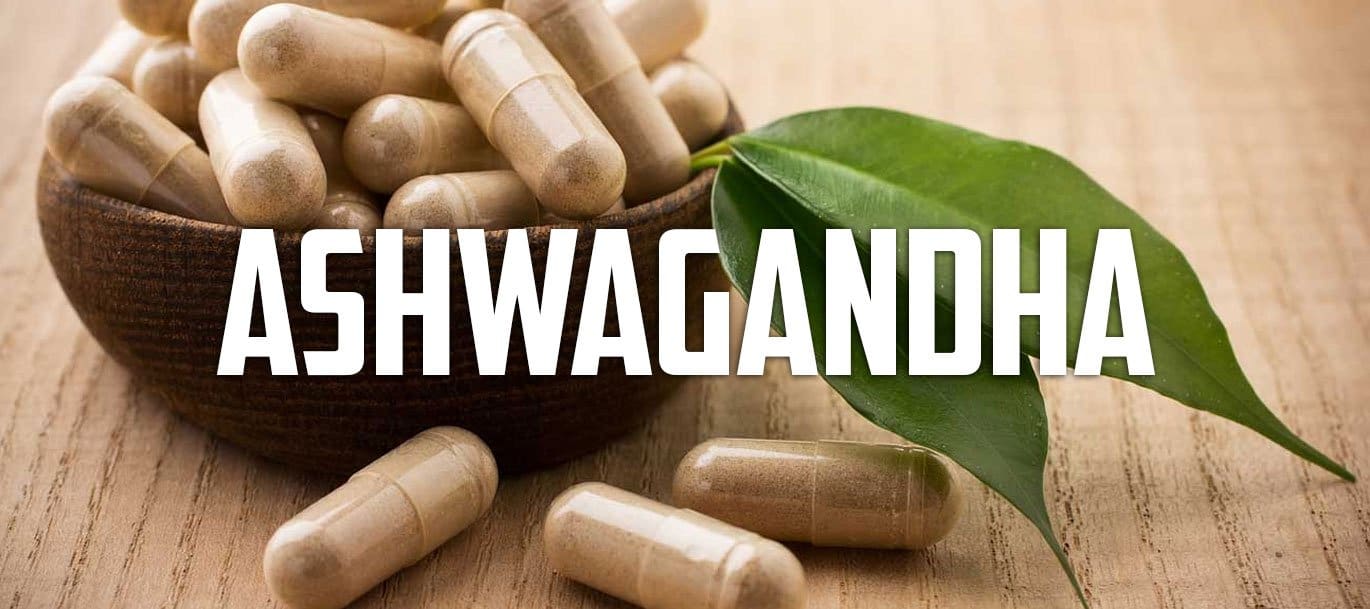This week we are looking at Withania somnifera, more commonly known as ashwagandha, which is a lot easier to say, haha. As-wa-gan-dah.
Anyway, this plant has been used to thousands of years in Ayurvedic healing and is considered one of their most powerful herbs, well-known for its restorative and rejuvenating benefits. In Sanskrit the word ashwagandha means “the smell of a horse,” evidence of its presumption to deliver to the user the vigor and strength of a stallion, though traditionally it is not its only benefits.
Ayurvedic healing is an ancient Indian medical system, also known as Ayurveda. It is based on ancient writings that rely on a “natural” and holistic approach to physical and mental health. Traditionally in Ayurveda, ashwagandha has been used as a nerve tonic and adaptogen, helping the body adapt to various emotional and physical stressors. It has also has been used for conditions such as old age weakness and debility, rheumatism, constipation, insomnia, joint inflammation, hormone balance, and more. The three main reasons however for it's use in supplementation in the sports industry is managing stress, elevating testosterone, power, and improving sleep quality.
WHAT THE RESEARCH SAYS
Does research support these claims? A number of studies show ashwagandha has anxiolytic (anti-anxiety) effects, and a reduction on cortisol. As for testosterone, there are a few studies showing improved sperm mobility due to subtle rises in testosterone, and at least one study has found a mild increase in testosterone in otherwise healthy men subject to weight training by 15%. The study concluded "ashwagandha supplementation is associated with significant increases in muscle mass and strength and suggests that ashwagandha supplementation may be useful in conjunction with a resistance training program." This is backed in power output data where in one study the ashwagandha group improving their bench press one rep max by almost 20kg over placebo and leg extension by almost 5 kg in 8 weeks use. This of course is not cemented as there aren't enough studies to make the claim of improving power, as of now.
So, what is it in this herb that causes the effects? Ashwagandha contains many active chemicals, but the main mode of action comes from its withanolides, specifically Withaferin A and Withanolide D. There are at least 300 steroidal lactones called Withanolides, but luckily there is enough research dictating where most the biological action occurs from, so when looking for an ashwagandha product to supplement with, if it states the Withaferin A and Withanolide D then that is a huge bonus.
Ashwagandha nourishes the adrenal glands, improves blood circulation and stimulates the Hypothalamic Pituitary Gonadal axis (HPTA). The HPG axis is involved in stress response and controls spermatogenesis. Disruption of the HPG axis from stress results in low levels of testosterone produced by the testes and a normal number of sperms. For more on how ashwagandha works, specifically regarding male fertility, check out this research paper - https://www.rbmojournal.com/article/S1472-6483(17)30625-9/pdf
Anyway, back to ashwagandha! Now we know what to look for, are their different types of ashwagandha? Yep, there is! Let's look at a few.
KSM-66®
KSM-66® is an ashwagandha extract by Ixoreal Biomed. It has took their R&D department over 14 years to refine their extraction method based on “Green Chemistry” principles, without using alcohol or any other chemical solvent. Ixoreal Biomed pre-treat the ashwagandha roots with milk.
This pre-treatment is consistent with the traditional Ayurveda healers process used and found in texts. The milk pre-treatment is an important step is KSM-66® creation because it is what helps keep the extract at a high full-spectrum potency. Because of this method of delivering a traditional full spectrum extract, KSM-66® is regarded as the world's best ashwagandha. Note that Ixoreal Biomed do offer a vegan friendly extract that bypasses the milk pre-treatment, so you might see products claiming to be vegan friendly that contain it.
This extract is yielded from 100% root too, with Ixoreal Biomed refusing to use cheaper leaf sources mixed in to lower cost, as they see it as bringing down the purity and tradition of the creation.
KSM-66 guarantees® at least 5% Withanolides with dosage being recommended at 600mg per day.
SENSORIL®
Sensoril® was created by Natreon Inc. and has at least 10 studies backing the ingredient. Sensoril® is a leaf and root extract that is triple standardised to contain a minimum of 10% withanolide glycosides. a minimum of 32% oligosaccharides (for bioavailability of the withanolide glycosides) and a maximum of 0.5% free withanolides (as Withaferin A).
This version is seen more in nootropic / mind health type supplements. Studies trying out 125mg, 250mg, and 500mg daily dosages shown greater change in the lower dose groups, so the recommended dosage of Sensoril® is as low as 125mg.
NOOGANDHAⓇ
NooGandhaⓇ by SpecNova BioTech is relatively new to the game. Their ashwagandha extract focus more on the nootroipic benefits, utilising liposomal delivery technology to make crossing the blood-brain barrier possible. Recent research using this delivery system with ashwagandha shows great promise. In one group subjects took either 225mg or 400mg of the extract daily. After 15 days of treatment, the 225mg group improved cognitive flexibility (the brain's ability to transition from thinking about one concept to another.) The 400mg group shown enhanced visual memory, and both groups improved their psychomotor speed and executive functioning.
NooGandhaⓇ also boasts up to 57x more Withanoid I and 40x more Withanoid II than their competitors. The recommend dosage is a nice middle group between the two tested, looking at around 300mg per day.
SHODENⓇ
The last ashwagandha extract I'm going to focus on is made by Arjuna Natural Ltd., and that is ShodenⓇ. ShodenⓇ contains the most active components of ashwagandha, standardised to contain more than 35% glycowithanolides. Not only is it strong, but Shoden® employs the Bioactive Ingredient Protection System (BIPS) - a novel, patented procedure that covers all the active molecules in a shield, protecting them from breakdown by stomach acid so they reach their final destination in the intestines intact where they'll provide the best benefit. This process makes Shoden® active even at a low dosage.
The recommended dosage of Shoden® is 120mg.
THAT'S A WRAP
That pretty much it. Ashwagandha is accessible, relatively cheap for its benefits, and comes in different extracts. At the jist of it all, they all do the same thing, it's just marketing that differentiates something like KSM-66® to Sensoril®.
Get ashwagandha now at T-Nutrition in GHOST Burn, Inspired LGND or Olimp Ashwagandha 600 Sport.


